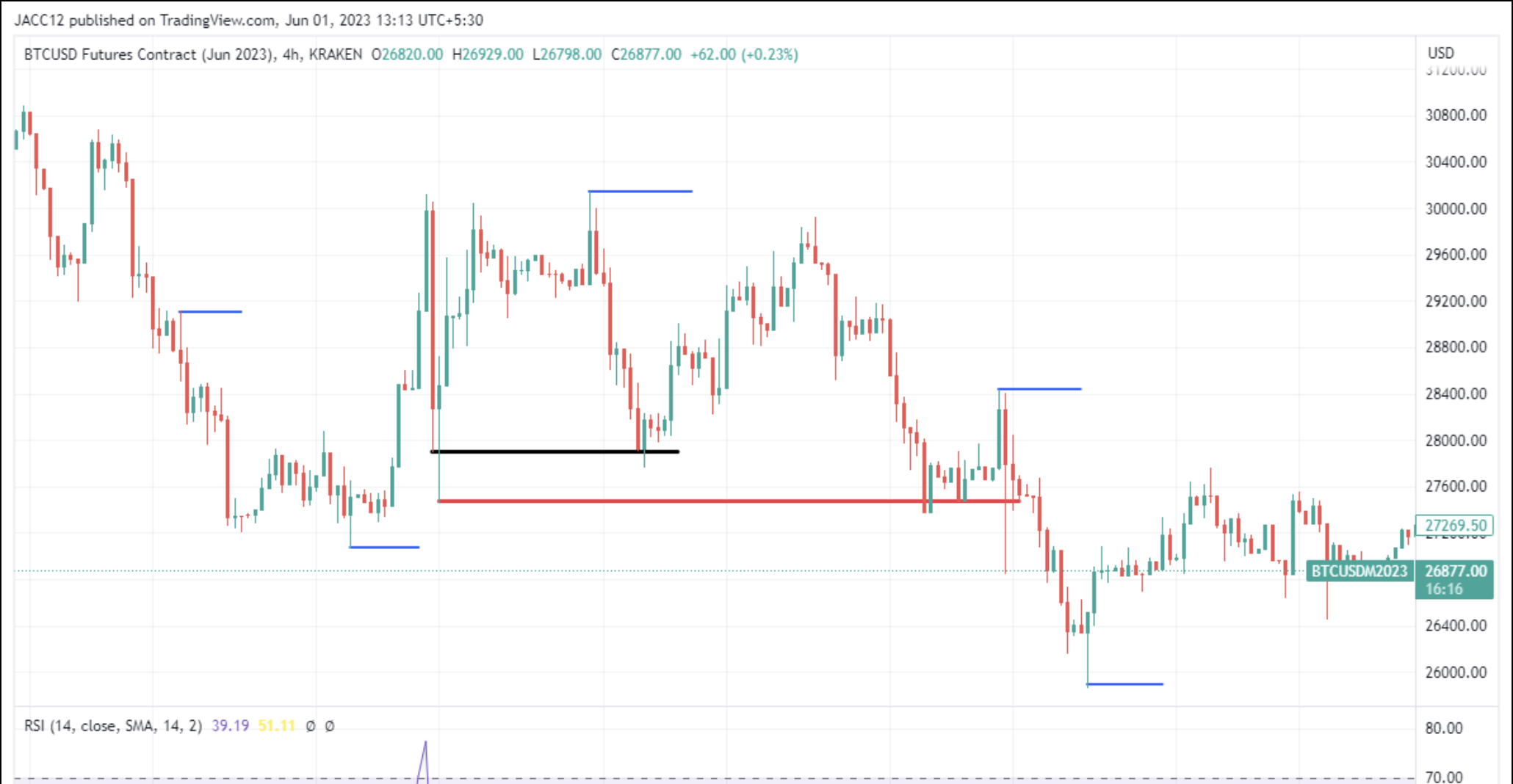Table of Contents
ToggleWhat is Liquidity?
Liquidity is the extent of ease an asset can be exchanged without affecting its value. In other words, how quickly you can get money out of an investment. When trading, be it stocks, crypto, or forex, understanding the concept of liquidity is crucial as it can drastically affect your trade and resulting profits.
In the crypto market, liquidity can be measured as how easily you can buy or sell your crypto without causing much fluctuation in its price. It depends on the buyers’ and sellers’ participation and willingness in the market.
Let’s understand it better with a real-life example; suppose you have a car(illiquid asset), and you wish to sell it. You are seeking a price of $65,000, but no buyer is willing to pay more than $45,000. In this case, if you need urgent money, you might sell it off at a loss or wait until you find a fitting buyer. That means more liquid an asset, quickly you can sell or buy it. Conversely, low-liquidity assets can be difficult to trade, resulting in significant price differences if the order is fulfilled.
Liquidity plays quite an important role in outlining crypto trade strategy, its entry and exit points. If you made a position in an asset with active participation and trading, such as Bitcoin(BTC) or Ethereum(ETH), you might easily exit it at your desired price. However, if it was for crypto with lower trading activity, then you would have struggled to exit the position or end up holding it, making more losses. Otherwise, if the order was successfully executed, you might see a slippage, a difference between your intended price and trade execution price. This could mean a significant loss if you were placing a large order.
Additional Read: How to Manage Risks in Crypto Futures Trading
How to measure liquidity?
Traders usually measure liquidity using several methods, like exchange trading volumes, bid-ask spread, and order-book depth. Here’s a breakdown of each.
You can compare trading volumes and market size of different crypto exchanges and crypto assets to check their liquidity. Usually, big exchanges with higher active participation offer you more liquidity than smaller crypto exchanges.
Another factor is the bid-ask spread, but before that, let’s understand the order book. List visualization of all buy and sell orders placed by traders for an asset is said to be an order book. It provides insights into current market demand, supply, and traders’ interest in an asset. The bid-ask spread is the price difference between the highest bid value and the lowest ask placed by traders in the order book.
Simply put, it shows the difference between how much a buyer is willing to pay and the price seller is seeking for the asset. A narrow spread indicates higher market liquidity, whereas a wider spread is for a lower or illiquid market.
The number of outstanding buy and sell orders at different price levels is referred to as market depth or order book depth. A high order book depth at a specific price shows more liquidity and trade potential, and a lower market depth is vice versa.
Risk in Liquidity
Crypto markets are highly volatile, and an asset’s liquidity can change rapidly. It can be caused due to various factors such as price manipulation by large players, new rules and regulations of the government, coin design risk, new project developments, community awareness, etc. These situations create lower liquidity in the market, becoming a challenge for traders and investors to exit standing positions. Here are a few things you can do to manage liquidity risks in crypto trading:
- Monitor the 24-hour trading volume of assets before you consider taking a position.
- Adjust your trade size according to prevailing market liquidity, as large trades in volatile and illiquid markets can be difficult to exit.
- Avoid concentrating your funds in single crypto assets and exchanges.
- Use stop-loss orders to exit positions during liquidity crises.
- Lastly, stay updated on regulatory changes, market news, and project development to liquidity traps and grasp arising opportunities.
How to use liquidity in Crypto Futures Trading?
We have understood what crypto liquidity is, its importance, how it is measured, and the risks in liquidity trading. Let’s see how to implement liquidity when trading in crypto.
- Learn to measure the liquidity of assets and focus on crypto futures contracts with high liquidity and trading volumes. By doing so, you can ensure the asset has enough liquidity to easily enter and exit futures trade positions without slippage.
- Use different order types available in your crypto futures trading platform. Place limit orders where swing lows and swing highs are formed. These points become potential support and resistance levels for price reversal and breakouts with further retesting.
In the shown chart, the lines marked in blue represent key low and high levels for liquidity breakout. The black line shows a successful price breakout liquidity level, and the line in red is the liquidity level where the asset price is reserved.

Source: TradingView - Align your trades with prevailing market trends so you can take an increasing liquidity advantage when large market players start to take more positions, making prices move with liquidity.
- Analyze the trading volume of your future contract, as a higher trading volume indicates more number of active crypto futures traders.
- Look out for illiquid periods such as holidays or weekends, as they can lead to a wider bid-ask spread, increasing the risk of price slippage or difficulty in exiting trade.
Read More: 7 Most Common Crypto Futures Trading Mistakes
Conclusion
In conclusion, market liquidity depends on various factors like government regulations, community understanding, exchange volume, and more. It can change quickly, leading trade positions to remain trapped in between. So, investors are advised to conduct their own research, prepare a trading plan, diversify their portfolio, and apply strategies to tackle such situations.
FAQs
Liquidity refers to the buyer and seller's willingness to trade or exchange two assets. There are several ways to gauge the liquidity of an asset, including the trading volume, bid-ask spread, order-book depth, etc. More liquidity in the crypto market means there is active participation of traders and investors. So, you can easily trade your crypto without slippage at your intended price.What are liquidity examples in trading?
What is the best indicator for liquidity?
What happens if liquidity increases crypto?
Related posts
Understanding the Different Types of Cryptos: Coins, Tokens, Altcoins & More Explained
Explore the major types of crypto assets and their unique roles.
Read more
PAWS Telegram Game: The New Tap to Earn Game That Is Beating Hamster Kombat
Discover how to play and earn with PAWS Telegram game.
Read more


